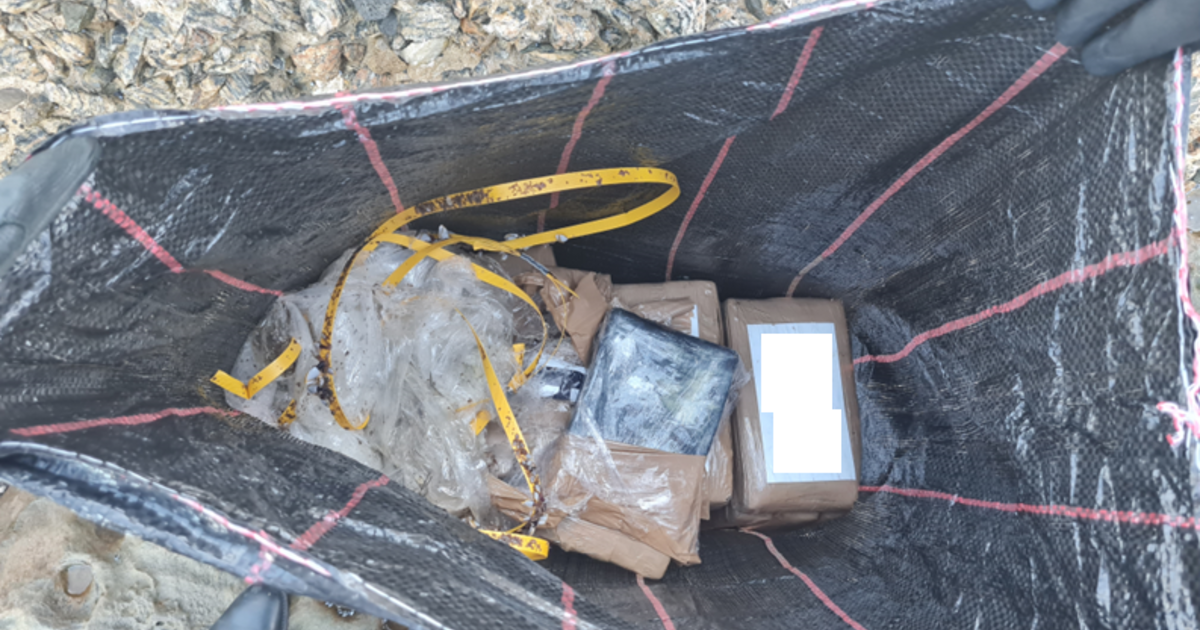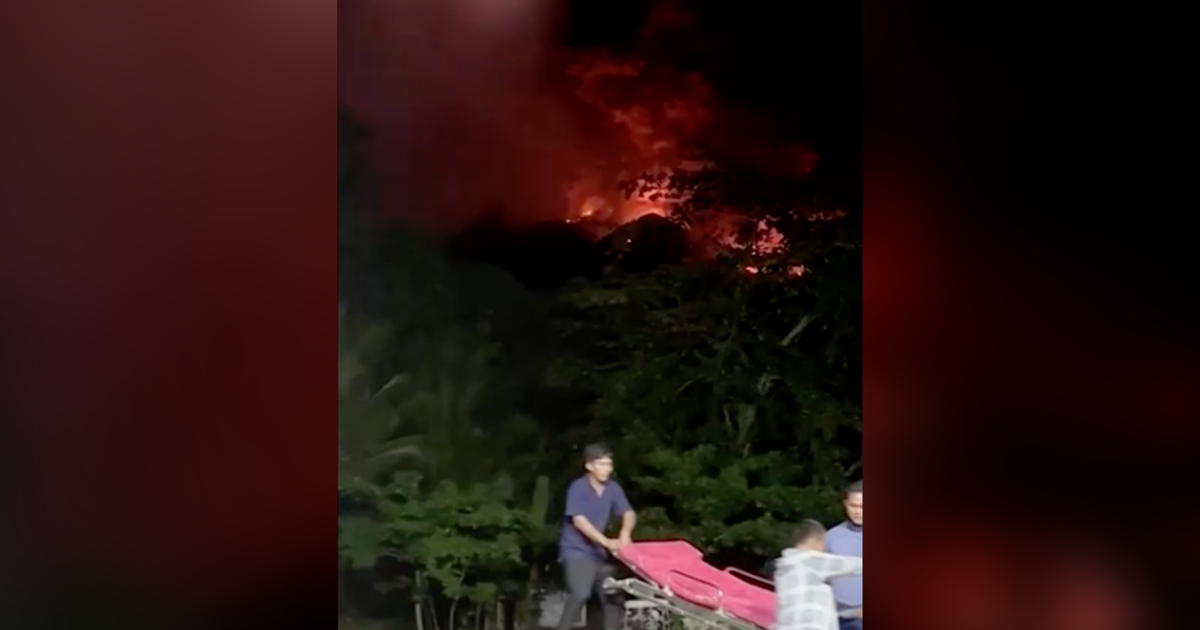Northern lights could be visible in parts of the U.S. Wednesday due to geomagnetic storm
A Sunday solar flare means auroras could be visible in parts of the U.S. and Canada on Wednesday, weather officials said.
The National Oceanic and Atmospheric Administration Space Weather Prediction Center raised geomagnetic storm watches for Wednesday and Thursday. The solar flare was associated with a partial coronal mass ejection, which is a large expulsion of plasma and magnetic field lines from the Sun's corona — the outermost part of its atmosphere. If the CME arrives as anticipated, G2, or moderate, storm conditions are expected Wednesday with G1, or minor, conditions Thursday.
Solar flares can cause radio blackouts, according to the NOAA.
The geomagnetic activity is also likely to make the northern lights visible. According to the NOAA, the aurora may be visible in the northern tier of the U.S., such as northern Michigan and Maine, on Wednesday night. It may also be seen as low as New York, Wisconsin, and Washington state. The lights may also be seen in Alaska and parts of Canada.
For the best chance of seeing the northern lights, head to a place with low light pollution and clear skies. The NOAA has a nightly forecast for the lights. Experts say space weather is tricky to forecast, so there are no guarantees.
Astronomy fans could start seeing the northern lights more often than usual going forward, NOAA space scientist Rob Steenburgh said in April. Sun activity is expected to steadily increase, which means more opportunities to see the aurora.
A new solar cycle began late in 2019, according to NASA. New cycles happen about every 11 years when the Sun flips its magnetic poles. The current cycle, Solar Cycle 25, is expected to be most active in mid-2024.




